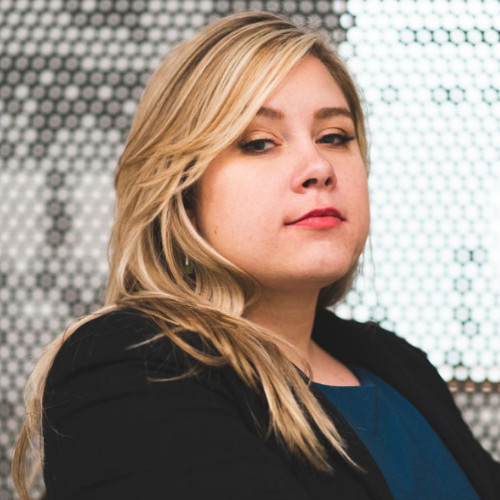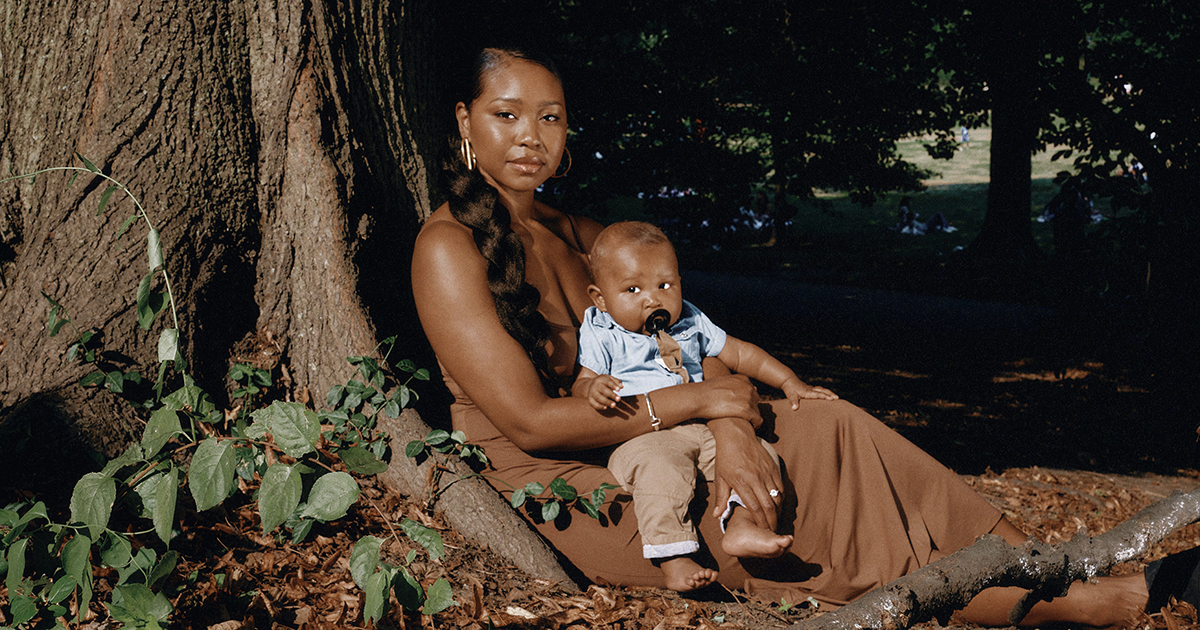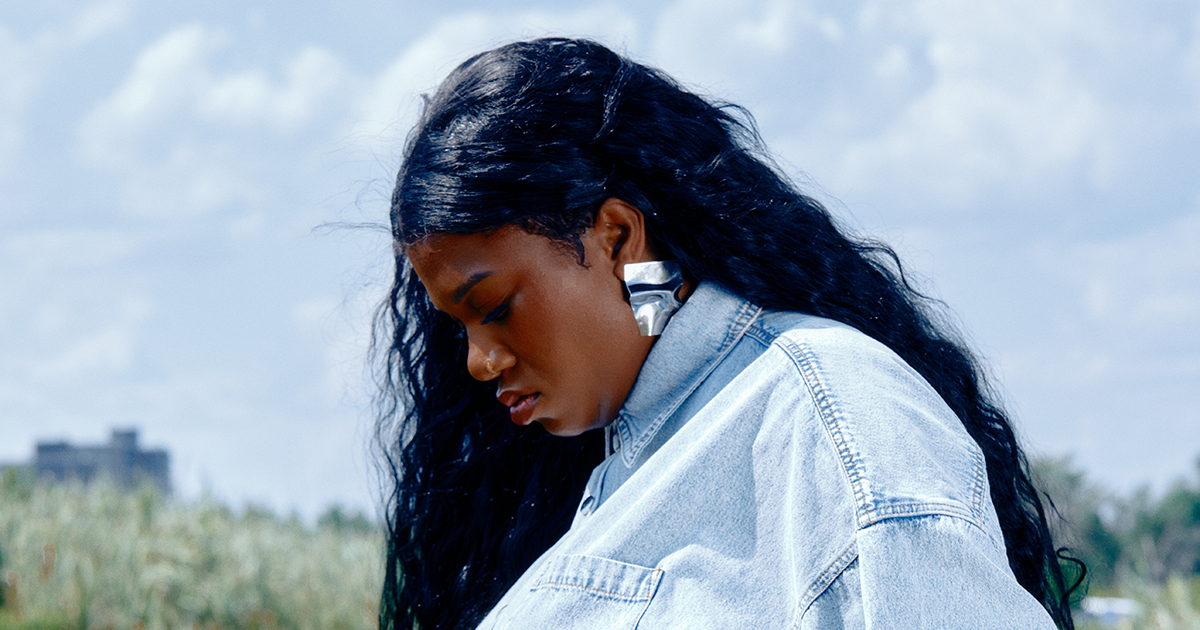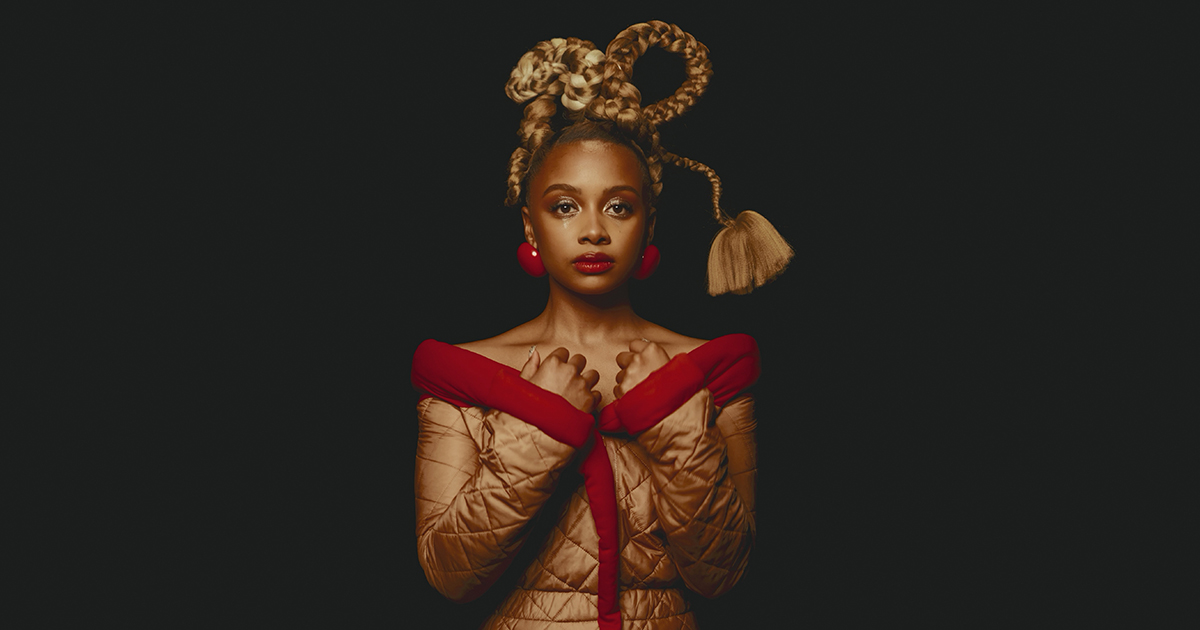TL;DR
- Yolanda Hoskey is a New York City-based photographer who specializes in portraiture and street photography. Prior to working as a still photographer, she worked in theater and film.
- She is dedicated to cataloging the diversity of the Black experience. Fujifilm’s color science and Capture One editing software both help her to capture her vision.
“Why I found the camera, it’s a little bit layered,” says New York City portrait photographer Yolanda Hoskey.
“I’ve been in the creative industry for the last 10 years,” Hoskey says. But the majority of her career has not been working in still photography.
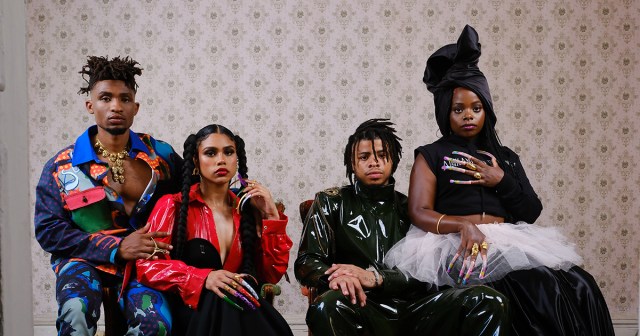
Prior to working as a full-time photographer, Hoskey worked in both theater and film for seven years; first she was a stage manager, theater set designer, costume designer, director, and then transitioned to film, where she worked as a production designer and creative producer.
“Because of my experience in the theater industry, the film industry, I’m very much drawn to storytelling,” Hoskey says.
Additionally, the seeds for her photography career were actually sown in her first year of college, when her mother passed away.
“I was thinking about just trying to remember her, her legacy, our time together, and I realized I only had the same six pictures, and one video of her because we didn’t … document our existence,” Hoskey recalls.
That experience shapes her work today. “I want to be able to give that back to the community that I identify with and create, kind of, this catalog and this collection of memories of real people, to say that they were here, they mattered and that they were loved, as an ode to my mom.”
Hoskey understands that not everyone is drawn to her community of origin, which she describes as “the projects in East New York,” so she says, “part of the work that I do as a photographer, is trying to kind of debunk and de-stigmatize and create new representations of the Black experience as nuanced, as non-monolithic, as multidimensional. And so I’m trying to create this catalog of this vast representation of the Black identities that are different from mine.”
YOUTUBE UNIVERSITY
Because Hoskey did not go to film school, she says, “I definitely am a graduate of YouTube University. I am always one pulling on my community” to level up her game.
“I just YouTube questions and [watch] videos that answer my questions, and I don’t really go to one person’s specific channel,” she explains.
One of her favorite creators on social media is Adrian Per, also known on social media as @OMGAdrian. Hoskey says, “He is so helpful. His videos are so engaging. And he’s talking about video making, adding coloring, how do you [do] sound and he’s like telling you exactly how he does the work that he does. … I[‘m] always saving them. Oh, I’m gonna try this later.”
In addition to her peers, social media and YouTube, Hoskey says she’s gained knowledge from “an online learning platform called Domestika,” which she says is relatively affordable and offers a wide variety of classes. “
Whatever your industry is, there’s a course for that. And there’s someone who is doing the style of photography that you’re doing. And they’re literally giving you, like, this is what I do, this is why I do it. These are the tools I use, and then they encourage you to go and practice.”
HOSKEY’S KIT
Hoskey may have started shooting on her iPhone, but she knew that wasn’t her end game.
“I feel my photography is very personal. And I applied that same way of thinking to when I bought my official camera,” the Fujifilm X-T3, she explains. “A lot of my early work is on the X-T3, X-T4.”
Hoskey has stayed loyal to Fujifilm’s X line. “About last year, I switched to the Fujifilm XH2, and that has been my go to camera for editorial work, for in-studio work.” She chooses this camera, she says because she feels like “that’s the clean, the polished, the sharp, the vibrant colors… That’s more of my polished, professional work. ”
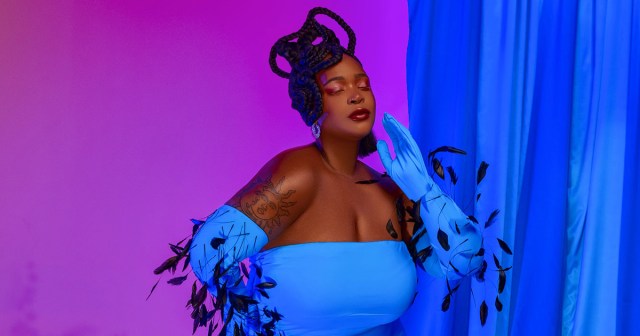
For a different vibe, she say, “I’ll use my X-T5, if I just want to go out and take street photography photos or just, you know, just capture everyday life. …those photos feel like the most film out of the collection of cameras that I have…on the X series. They all feel like film photos, those nostalgic film photos.”
“And then recently,” she says, “I’ve actually tried full frame cameras, and I’m kind of obsessed. You might see a lot of work from me using full frame cameras.”
Hoskey also shares her “trusty three lenses that I will never leave the house without” because she says they offer “the most range with the type of portrait photography I do.”
“So the first is my 56 millimeter. It’s a great portrait lens. The level of detail it gives me, and it’s just super sharp. I love that lens.” So much so that she has two versions of the same lens! She explains, “I got the newer version, and it’s even better than the original one that I had.”
Also, “instead of a 35 millimeter I’ve been using a 33 millimeter. It’s a slight difference, but that is my favorite lens of all time that I have. That is the lens that I always shoot with. It is always in my bag.”
“And then for a little razzle dazzle,” she says, “I to add a 80 millimeter, because I getting super wide shots, but I love using wide lenses for close shots, just because of how it elongates the body creatively.”
Lighting accessories are also important to Hoskey.
“Because I started as a natural light photographer. I always have a reflector in my bag,” Hoskey says. She is especially enamored with the silver side of the reflector to get the desired effect.
“I think I use continuous lighting because I came from film and theater,” she posits.
EDITING
Hoskey uses Capture One and Photoshop to process her images. She says she loves to select her photos, but “it becomes grueling when I get to the editing process. Because I am not a person who edits all my photos the same way.”
“My editing is purely based off the vibe” of the image, she says. And that means there’s “no short way to do it.”
She says she primarily relies on Capture One (as opposed to Lightroom) because of one feature in particular: it enables users to easily “isolate editing the skin tone from editing the entire picture.”
She also compliments Fujifilm’s color science and says “Capture One just amplifies it.”
BEST PRACTICES AND ADVICE
If you’re not ready to invest in certain tools, Hoskey has a few solutions that might come in handy.
“If you don’t have a reflector or can’t afford to buy a reflector, you can use aluminum foil, and it’ll have the same effect,” Hoskey says. “Or if you don’t have a bounce… I use tissue paper, or you can use white poster board; that’s 50 cents.”
She offers a third hack: “I tried one wildcard in place of the gels for the light. I used these colored binder dividers. They were plastic dividers, and if you put them in front of the light, it works the same as using the gel.”
A portraiture specific tip from Hoskey is that moisturized skin is crucial. For a quick fix, she says “olive oil [or] hairspray [can be used in a pinch] to make the skin look lustrous. ”

